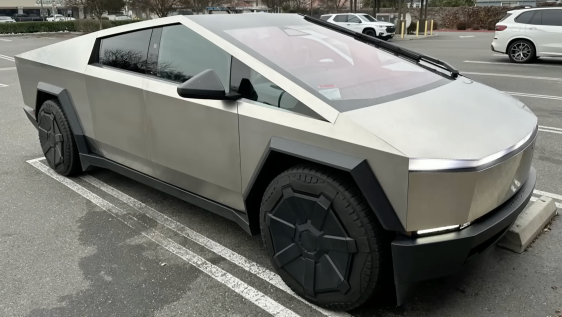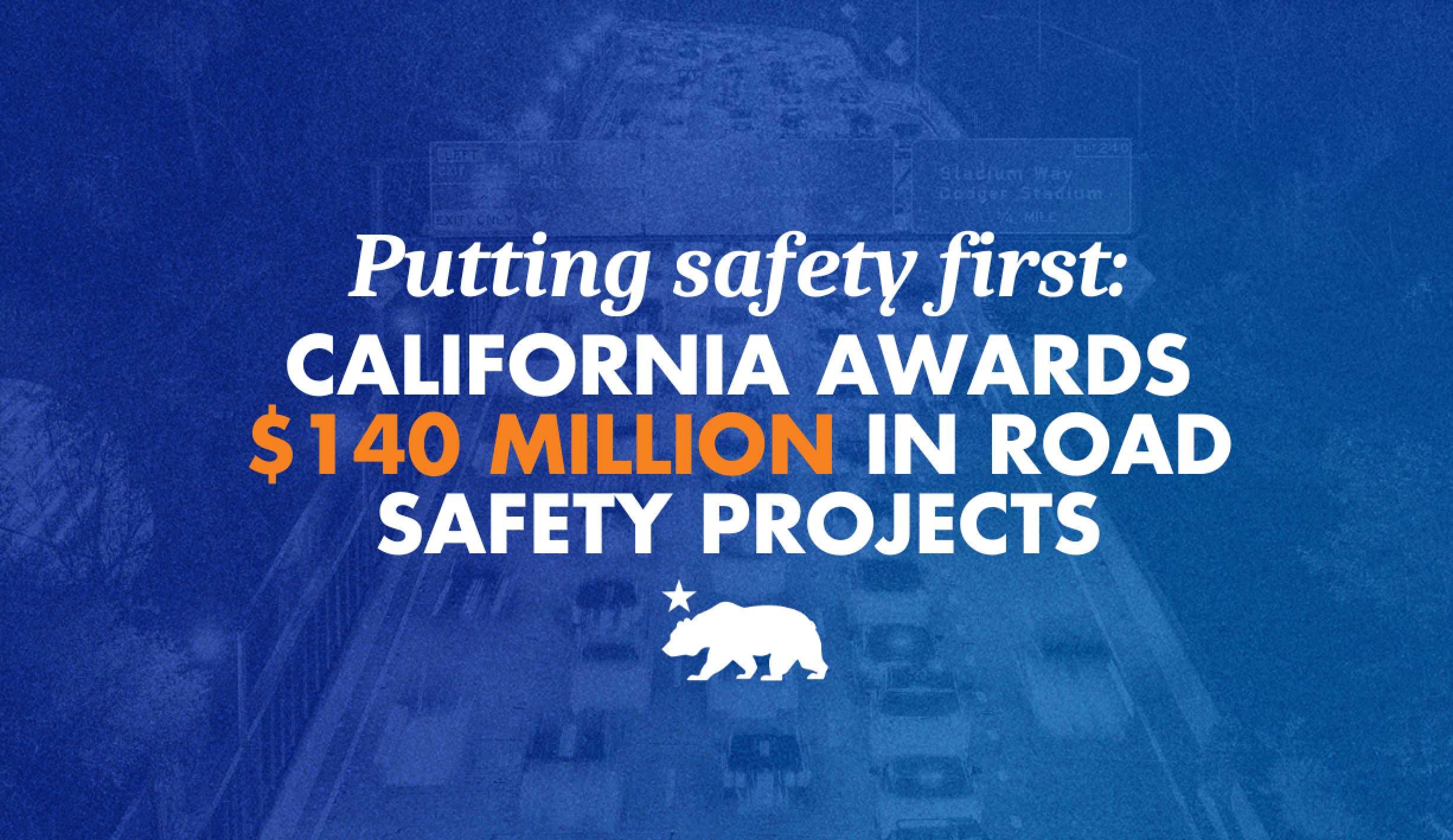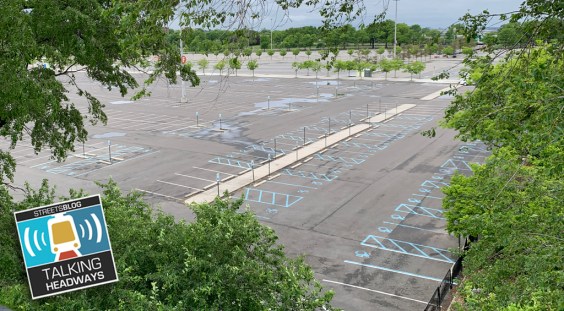Paris has one of the best transit systems in the world. It's also an incredibly walkable city. But despite all its charm, it never had been particularly bike-friendly--certainly not on the level of cities in the Netherlands or even smaller French cities, such as Strasbourg.
However, that changed rapidly during the COVID-19 crisis, when people were fearful of taking transit and started looking for other ways to get around. "Mayor Hidalgo has set the mark in terms of city transformations," said University of California Berkeley researcher Marcel Moran. "There's an important distinction between Vienna, Hamburg, Copenhagen, Amsterdam - all of which are better cycling cities right now than Paris. The difference is the rate of change."
Moran, who lives in San Francisco, told Streetsblog he was blown away by reading about the miles of new bike lanes in Paris. But he wanted to do a study of what was actually happening on the ground. In the Fall of 2021, he headed over to do the research, published Thursday in Treating COVID with Bike Lanes: Design, Spatial, and Network Analysis of ‘Pop-Up’ Bike Lanes in Paris.
"Before I got there, I didn't have a good sense of what and where is this new infrastructure. Because a bike lane is not a bike lane is not a bike lane."
Think of all the lanes in San Francisco and Oakland that are protected with just paint or flimsy plastic straws, with "merging" zones that sometimes pit cyclists against trucks coming off freeways. And what about those lanes that are really just drainage channels with a stripe and a few bike stencils painted in them? The same differences in quality exist in Paris.
"I got to understand what has changed in Paris and what's meaningful and what isn't."
So he filtered out three categories of bike infrastructure: sharrows, bus lanes that allow bikes, and pedestrianized areas. "Because if you spent time in Paris, you know a crowded pedestrian area isn't of much benefit if you're on a bike. They're not bike lanes."
Moran's study sought to look at Paris's new lanes in context, to give a more accurate picture of what that city accomplished--and what other cities can emulate. From the study:
This analytical approach moves past evaluating bike lanes purely in terms of length (e.g. ‘100 KM of new lanes’), and adds design, spatial, and network context. These features are relevant because prior research indicates that protected bike lanes (compared to those only painted) both reduce collisions and increase cycling, and that connectivity – to what extent different bike lanes intersect – plays a crucial role in their overall attractiveness to riders. Furthermore, bike lanes that are bi-directional provide double the benefit to cyclists, though that attribute is often not reflected in network evaluations.
The study shows that even taking out its sop bike lanes and sharrows, Paris still did a remarkable job of rapidly transforming into a more bike-friendly city, creating "a system which provides more protection, comfort, and route choices to riders."
Moran said during the pandemic an incredible number of protected bike lanes went in. "There's all this work showing what really matters to riders is level of protection," said Moran. "They didn't sacrifice this to get them in faster."
The takeaway: the Paris transformation is legit. As Moran writes in his study, the City of Lights has provided a model for "how other cities can rapidly re-allocate street space to more sustainable travel, and/or speed the installation of existing bike plans rather than proceeding via a more incremental and delayed approach."
To see the full study, read the PDF.






